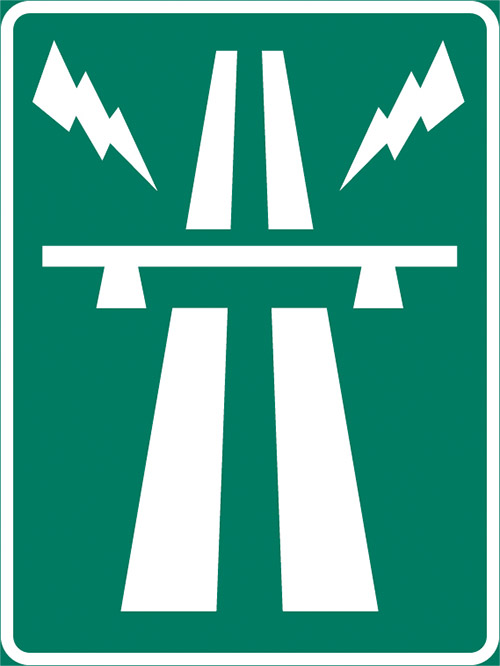
The role of business models in the transition to Electric Road Systems
Electric road systems (ERS) are road transportation systems based on technologies that support electric power transfer from roads to vehicles in motion. ERS has in the recent decade emerged as…
Electric road systems (ERS) are road transportation systems based on technologies that support electric power transfer from roads to vehicles in motion. ERS has in the recent decade emerged as a sustainable solution for the long-haul freight sector, which is one of the most difficult sectors to decarbonize and is projected to grow drastically in coming years.
Compared with other alternative technologies, ERS reduces the need for batteries, relies on well-established electricity infrastructure, and has potential to preserve flexibility in the freight sector.
However, technologies that contest the established technological paradigm typically fail at market. This challenge is often described as the ”valley of death,” where firms risk stalling between pre-commercial invention and basic research, on one hand, and product development for the commercial market, on the other.
Key findings
• The relationship between business models and socio-technical change is not homogenous in the early phases of transition and differs depending on what type of niche activity is analyzed.
• Business model concept could be used as a perspective to understand the evolutionary processes that take place during the early phases of transition.
• For systemic innovations, which suffer from the chicken-and-egg dilemma, business models are needed for alternative infrastructure with long investment horizons as well as for alternative products and services with shorter investment horizons.
• Deployment projects, such as an infrastructure transformation project, might be a suitable policy mechanism for creating a test bed for suppliers and future market demand.